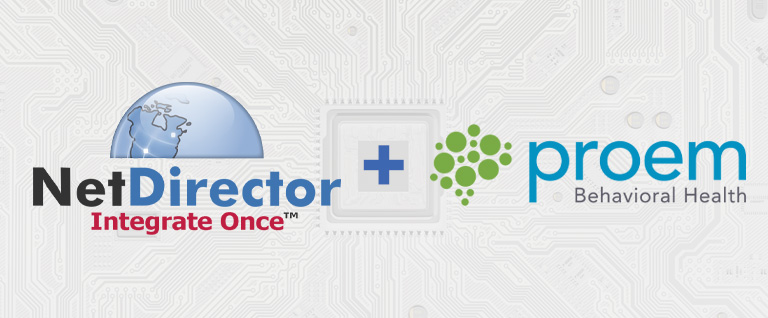Roughly 70 percent of health systems, hospitals and physician practices proactively work toward getting patients more involved in their own care, according to a 2016 NEJM Catalyst survey. However, considering the drive to implement and deliver value-based care, industry observers are wondering why that number isn’t closer to 100 percent.
“[We] need to engage patients outside the exam room with frequent, creative interactions that do not have to always include their physicians,” according to Kevin Volpp, MD, PhD, and Namita Mohta, MD, who analyzed the survey results.
Patient portals, secure email, online/mobile scheduling, patient-generated data and social networks lead the way among engagement initiatives currently being used at scale, according to respondents.
Nonetheless, portals in particular tend to be “systems of record, not systems of engagement,” observes analyst Brian Eastwood of Chilmark Research, a health IT advisory firm. Today’s portals aren’t optimized for value-based care or population health management because they’re geared toward the individual and don’t encourage behavior change, he adds.
Forward-looking solutions must be built on a broader engagement model that loops in coordinated community care teams and enables bi-directional information flow, Eastwood explains. “The point solutions that consumers use to access the healthcare system will get bigger,” he continues. “We need to try to connect to these solutions in some way — and integration is the best we can hope for.”
A pathway to future success
Design and usability will be the main drivers of behavior changes in patient engagement, predicts Sean Duffy, CEO of Omada Health, a tech-based company targeting diabetes care through analytically identified trends.
“It’s about fine-tuning and personalization, [which will spawn] an incredible wave of potential in the way we work to improve the health of the country,” Duffy tells FierceHealthcare. Optimizing the way patients interact with engagement technology is a core part of the process so that a wide range of individuals can be effectively served.
And there’s good reason to expect positive patient response to emerging engagement technology. CDW’s 2017 Patient Engagement Perspective Study finds 70 percent of patient respondents saying they’ve become more knowledgeable about their personal medical information because of online access. Half of the same sample said they’ve noticed increased engagement with their own healthcare.
At the same time, it’s essential to view patient engagement as a two-way street. To wit, 67 percent of providers surveyed by CDW consider patient engagement to be an important part of improving overall care and the top motivating factor in spurring their respective organizations into action.
Indeed, leading healthcare institutions such as Johns Hopkins Medicine are making sure employees understand patient data and know how to communicate it. That behavior is “becoming very ingrained in the way we do our work,” says chief patient experience officer Lisa Allen.
NetDirector’s HealthData Exchange platform supports such initiatives by electronically moving clinical and financial data among disparate systems — transparently mapping it to the correct format of the recipient. In this way, HealthData Exchange serves as an engine for integrating engagement technologies, increasing the likelihood of not only utilization, but also the accuracy of data circulating in multiple environments without human intervention.
For more information, please contact us or request a free demo.




